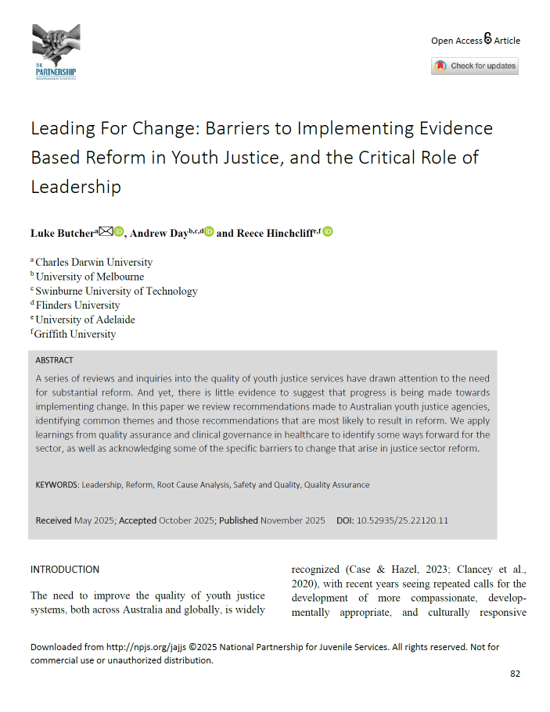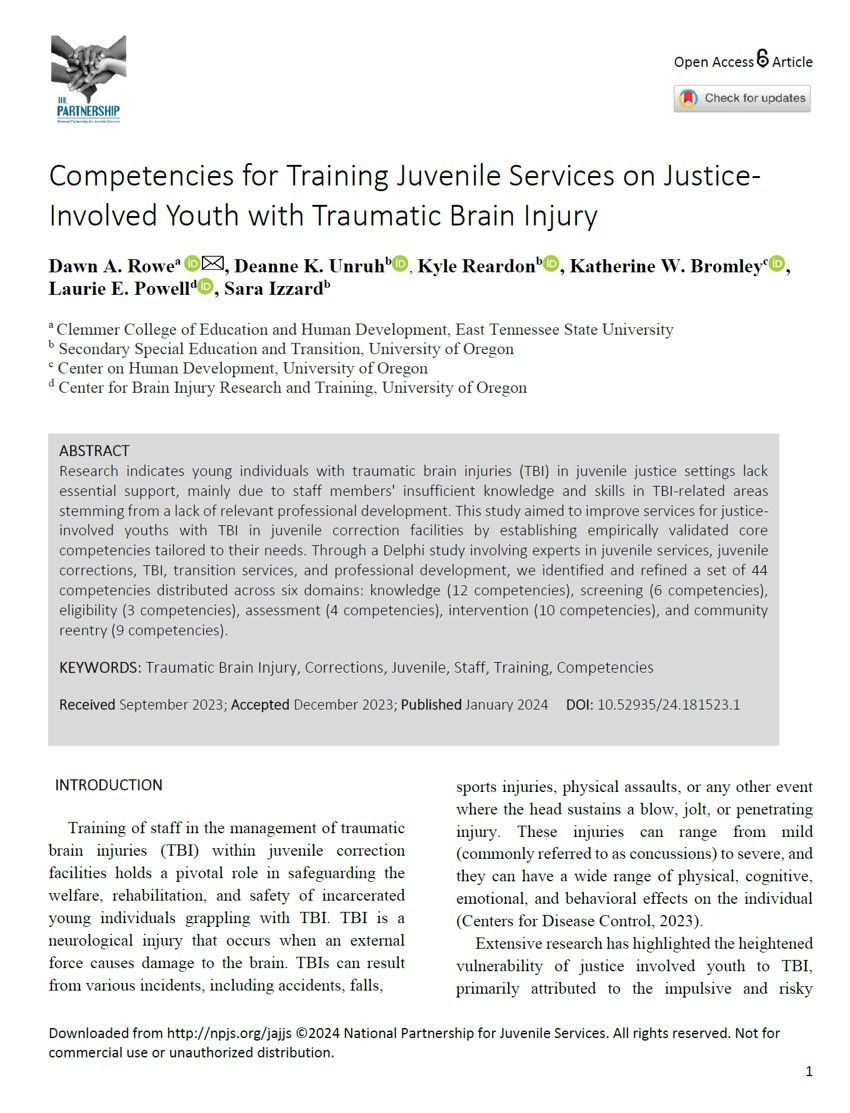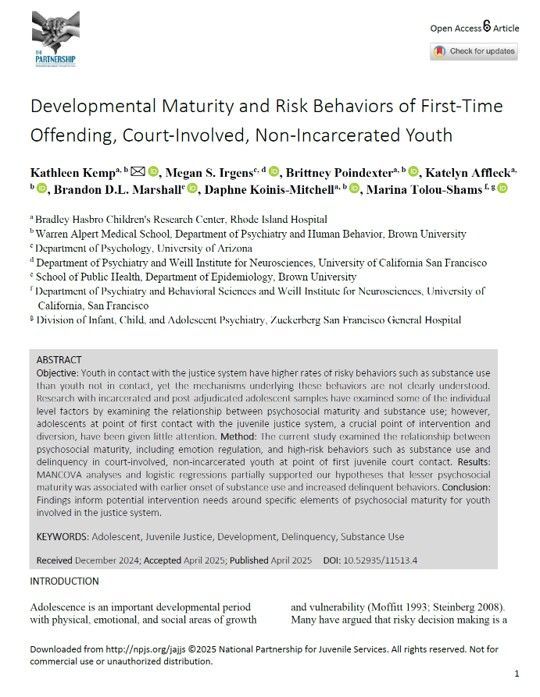This study investigates the relationship between school connectedness, mental health, and school safety using data from the 2021 Youth Risk Behavior Survey (YRBS). School connectedness, defined as students' sense of belonging and care within the school environment, is a critical protective factor against mental health challenges. The purpose of this study is to examine whether school connectedness is associated with better mental health outcomes and whether this relationship is mediated by perceptions of school safety. Participants included 7,089 high school students from the nationally representative YRBS sample. Binary logistic regression, accounting for the survey's complex sampling design, was employed to estimate adjusted odds ratios (AORs) and interaction effects. Findings revealed that approximately 63% of students reported feeling close to people at their school. Students who experienced safety concerns, bullying, or threats reported significantly lower levels of school connectedness and poorer mental health outcomes. School connectedness was positively associated with reduced levels of anxiety, depression, and suicidal ideation. Notably, perceptions of school safety significantly mediated the relationship between connectedness and mental health, underscoring the importance of fostering safe and inclusive school environments. These findings highlight school connectedness as a vital intervention target for promoting youth well-being. Implications and future directions for research as discussed.




